So you finally did it! You picked up your first Canon video DSLR and you probably are eager to purchase a few lenses for it. So you log onto your favorite lens reseller and quickly get a headache from massive lens overload. Well fear not! I’m here to help you out in your lens-buying process.
The following lists are meant to be very basic. There are tons of great Canon lenses out there and you are welcome to build your collection over time, but I’m trying to keep the cost as low as possible for those just starting off.
Important note:
We’ll be talking mainly about Canon lenses here. There are a few reasons for that. First off, if you plan on doing photography with your HDSLR, Canon glass one one of the best options for that since they have the mechanics for autofocus, image stabilization, etc. Canon is known for the high quality of their glass, and making that initial investment will last you a long time. Another plus is if you plan on switching to a camera like the Sony FS100 or Panasonic AF100 later on, you can get adapters to use your Canon glass with them. This allows you to invest in glass once and keep it long term through multiple cameras. Sigma, Tamron and Tokina make great, low cost alternatives, however they are usually softer wide open than their Canon counterparts. Zeiss is a great option too if you have the cash and desire for beautiful glass. Another option is to adapt Nikon lenses to work on your Canon camera or you can go on ebay and find old used lenses that you may be able to modify to fit your Canon HDSLR…no guarantees though.
Alright, let’s get started!
The Beginner
The beginner is someone on a small budget who probably just picked up a Canon T3i or 60D and just wants to start shooting video.
Lenses
What? I recommended a kit lens? Many people frown on kit lenses because they don’t have a constant aperture, and feature lower quality glass and overall limited abilities. While all that is true, it is also the cheapest wide-angle lens you can get for your camera. The next lens I will recommend is 24mm on its widest side. This is fine on a full frame sensor camera like the Canon 5D MkII, but ends up having the same field of view as a 38mm lens on your crop frame sensor camera (T3i, 60D, 7D, etc.) which isn’t very wide.
This will be the lens that is on your camera most of the time. L Series lenses are known for their great optical quality and sharpness. Now there are those who would argue for the 24-70mm f/2.8 (which you will see in the Pro kit) but I disagree. While having the extra speed of the f/2.8 lens is great, having the extra 35mm of the f/4 is even better. Plus the f/4 lens is less expensive and we are trying to make this kit as affordable as possible.
The “nifty-fifty” as it is lovingly nicknamed is a little gem. This lens is aimed at the beginner shooter by being one of the most inexpensive lenses you can buy. They do this by making the lens body and internals plastic instead of metal. This lens isn’t the highest quality Canon lens out there, but that doesn’t stop it from making great images. When f/4 just isn’t fast enough, this lens will open up a lot of creative opportunities for you.
Total Cost = $1,400
The Pro
The Pro shooter is someone who makes some or all of their living off of their camera. They need high quality gear but don’t have the budget to scoop up every Canon lens out there.
Lenses
This will be the main lens that will rarely leave your camera. The f/2.8 is very fast for low light situations and the 24-70mm focal range is perfect when you need just one lens. Just like all Canon L Series lenses, it is tack sharp and built like a tank.
If you are shooting on a full frame sensor (5D MkII) then you might want to move to the next lens before picking this one up. If you are shooting on a crop frame however (T3i, 60D, 7D, etc.) then this should be next on your list. Reason is, as we said before, 24mm on a crop sensor isn’t very wide and there will be times where you will need a wider lens. The 16-35mm covers that need while still maintaining a fast speed and great optics. If you are shooting on a full frame sensor, it will allow you to create some almost fish-eye looking shots which can be cool.
When 70mm just isn’t long enough, time to call in the big guns. This lens is the perfect telephoto zoom and will be on your camera often for closeups and long distance shots.
Total Cost = $5500
A few more things to note:
You don’t have to purchase all these lenses at once. I’ve created this list in what I consider to be your order of purchase. For example, perhaps you don’t shoot very long shots often, you can hold off on the 70-200 f/2.8 or get its less expensive brother, the 70-200mm f/4. Of course there’s always the option to rent.
If you’re trying to recreate the “film look”, the fastest you should be shooting is f/4 on a crop sensor or f/5.6 on a full frame sensor. This is because anything faster would have shallower depth of field than what is seen in cinema. That doesn’t mean you can’t take creative and artistic liberties. Just use discretion when shooting wide open so that your audience isn’t lost in a sea of bokeh. This is one of the reason I didn’t list any other prime lenses in the kits. While they are great to have, zooms are more versatile. You can choose any focal length in the lens’ range, you can take one lens instead of having to swap lenses all the time, etc.

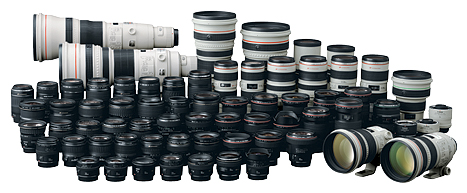
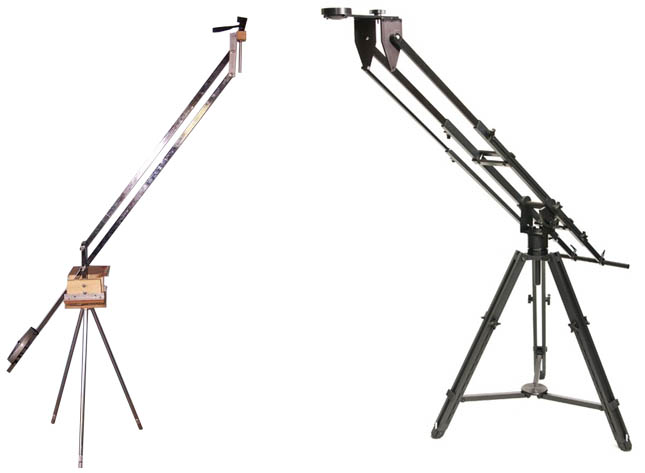
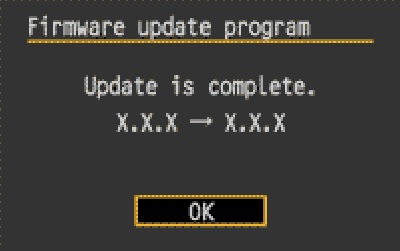
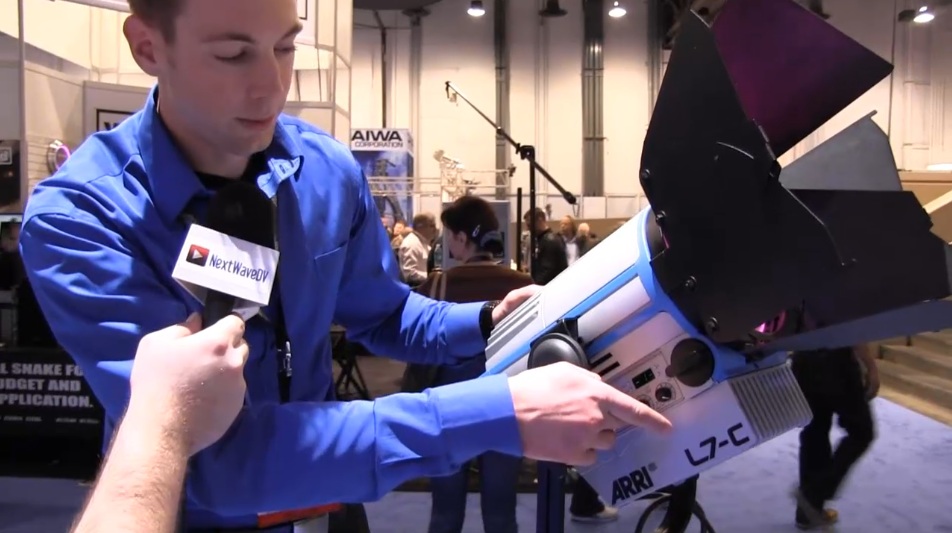
![Adobe gives away Photoshop, Premiere and the rest of Creative Suite CS2 for FREE? [UPDATE]](https://www.nextwavedv.com/wp-content/plugins/phastpress/phast.php/c2VydmljZT1pbWFnZXMmc3JjPWh0dHBzJTNBJTJGJTJGd3d3Lm5leHR3YXZlZHYuY29tJTJGd3AtY29udGVudCUyRnVwbG9hZHMlMkYyMDEzJTJGMDElMkZBZG9iZS1DUzItRnJlZS5qcGcmY2FjaGVNYXJrZXI9MTY5OTU4NTQwNC00NzQ0NCZ0b2tlbj03NDUwYzI5ZTg0ZDgxZWQ5.q.jpg)
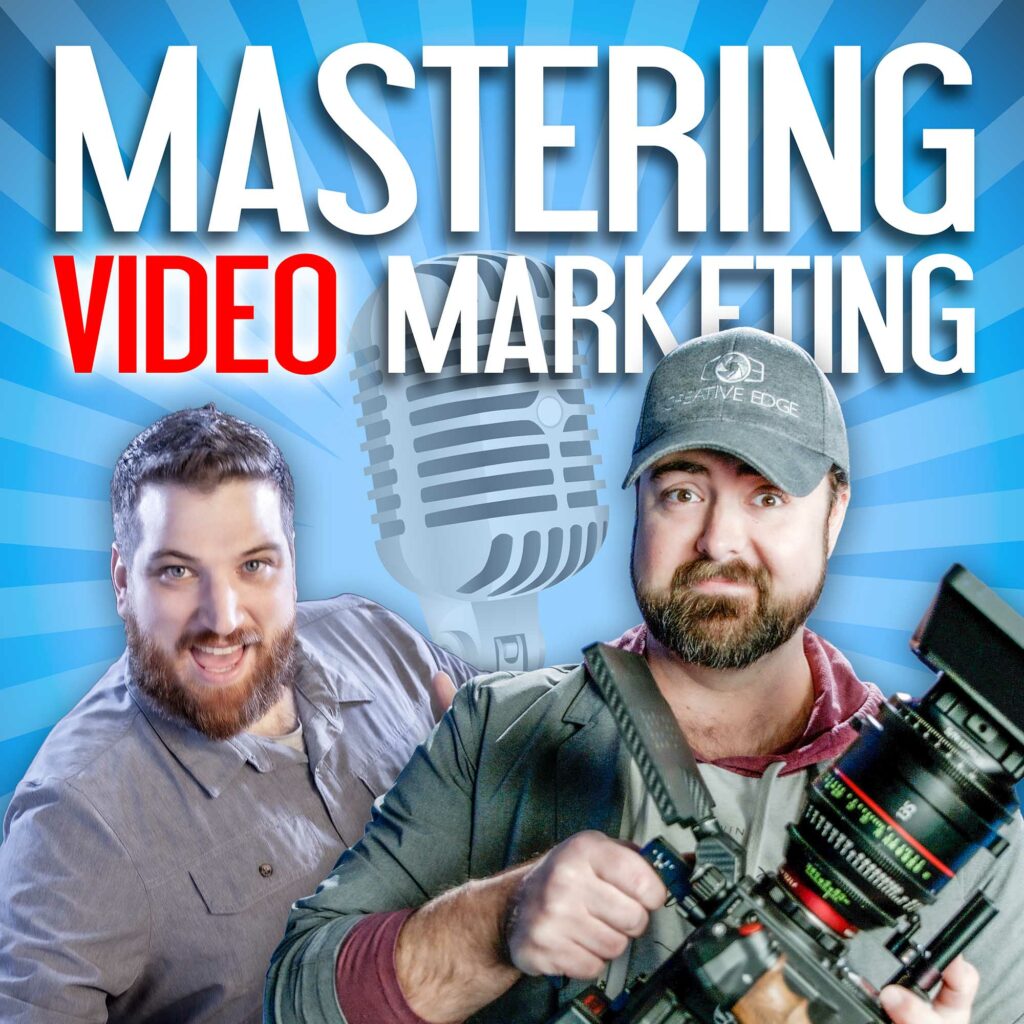

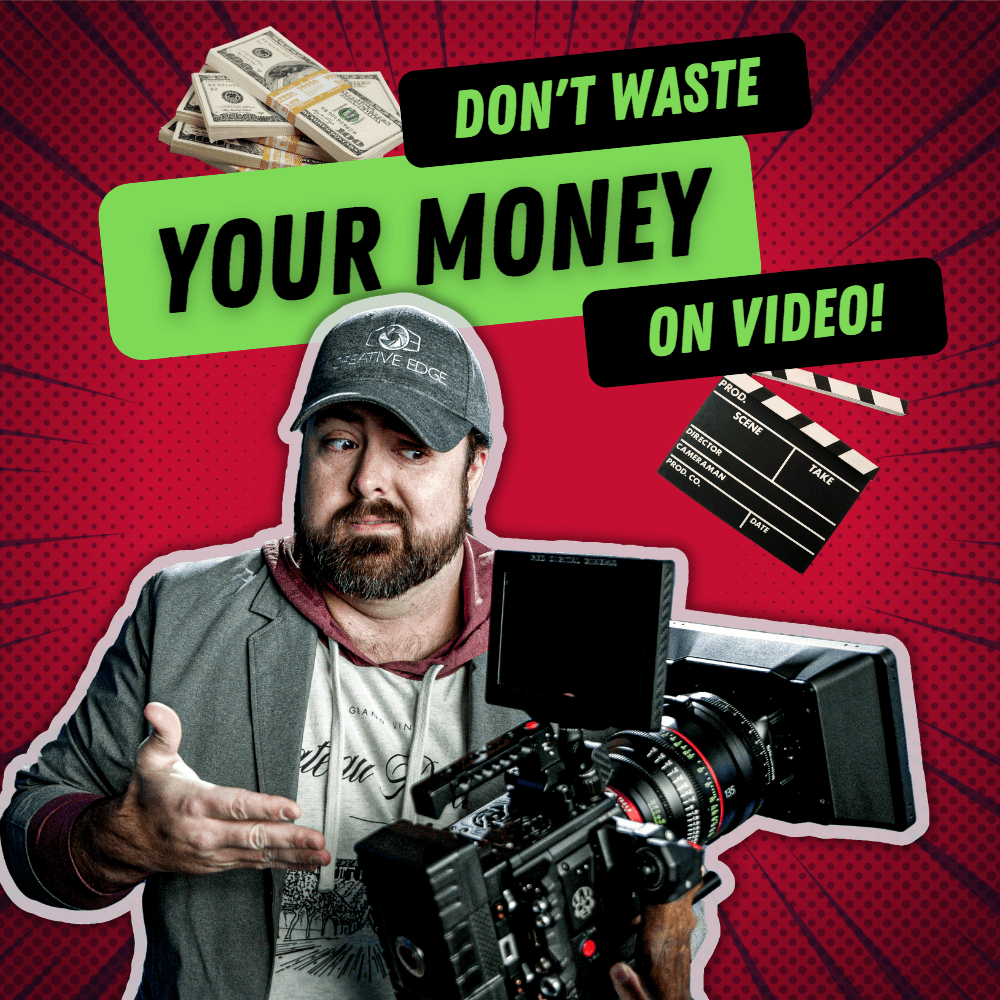
CConsider older Zeiss contax/yashica lenses, available for less than $500. Manual focus only , for video.
What happened to recommending primes? Interesting point about shooting at f/4. I had no idea what aperture to shoot at.Â
why are you not recommending the 16-24 focal range for full frame sensor?
All fine for tripod shooting, but what about hand-held or on a rig? Then IS (Image Stabilization) is key. I have the EF-S 17-55 f/2.8 IS and the IS is what makes it shine. At about $1,100 it’s comparable on my 60D to the 24-70 mentioned above as it’s an EF-S therefore only works on APS-C 1.6x crop sensor cameras. Strong recommend this one.
the 50mm 1.8 is sharpest at f4 anyway. I prefer the 1.4 though as it has more aperture blades and is much faster and quieter in focusing. However I’m surprised you made no mention of older manual focus lenses. They are often cheaper, and in video mode af doesn’t work too well anyway. Pentax, Nikon, and M42 work on Canon cameras fine with adapters and no need for extra glass that causes CA and other crumminess. I prefer my manual focus nikon 1.8 Â 50mm pancake to my canon 1.8 50mm, as it is smaller and easier to pull focus as it was made for manual focusing. Vivtar Series 1 made some nice zooms 70-210mm, I’ve done some test shots and saw little to sometimes no CA wide open. I was really impressed by it. No it isn’t L glass but honestly if your creative visuals don’t have to be ultra sharp, flare free, and ridiculously clean. Oh and even at f4 100 iso you may need an ND filter to help video in ultra bright situations so your shutter speed isn’t so high it looks like saving private ryan.
I prefer, and in line to what Caleb Pike argues, the use of Nikon Nikkor lenses. An AI-s Nikkor 85mm 1.4, for example, costs you around 750 dollars, versus 1400 for a Carl Zeiss and 2000 for the Canon 85mm 1.2. And the optics are great. Not every Nikkor lens, IMHO, is up to modern optical standards (most are 80s vintage), but some are true gems, namely, the 18mm f3.5, 28mm f2, 50mm f1.4, 85mm f1.4, and 135mm f2. For most people these are the “classic” lengths, and very useful specially for narrative, comercial and music video work. For documentaries I would tend to go for zooms, but a wise use of primes will give a very unique look to a documentary indeed. And the prices are unbeatable. Just my two cents.